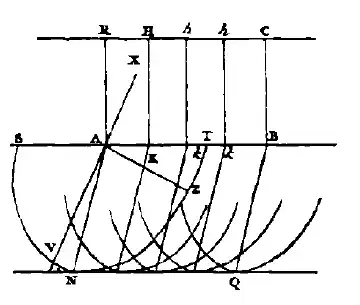Snell's law is a law that relates the incident angle $i$ and the refraction angle $r$ for an incident medium with a refractive index $n_i$ and a refractive medium with a refractive index $n_r$. In particular, $n_i\sin i=n_r \sin r$. Thus, I will treat it as a law pertaining to the phenomenon of refraction.
The law is, thus, moot if there is no refracted ray, i.e., if the ray gets internally reflected within the incident medium. Thus, the law is not violated--it is simply moot because the law never was about internally reflected rays. However, the flipside of Snell's law being the valid law for all the phenomena of refraction is that Snell's law puts a restriction on the incident angle for which it can get refracted into the refractive medium. Because, if Snell's law is really valid for all the phenomena of refraction, it means that there cannot be a phenomenon of refraction for $i>\arcsin\Big(\frac{n_r}{n_i}\Big)$. This restriction is, of course, correct.
In the case of both the incident and the refraction angle being zero, the law $n_i\sin i=n_r \sin r$ is not violated--assuming the refractive indices of both the media are finite. Both the sides of the equation assuredly vanish and the law holds. Now, if you want to view the law which gives the ratio of the refractive indices of the two media given the relevant angles, in the case of $i=0$, it still tells you that $r$ has to vanish if both the refractive indices are bound to be finite. If either of $i$ or $r$ vanishes but the other does not, the validity of Snell's law would require either of the refractive indices to diverge. Thus, the assumption of the finiteness of both of the refractive indices allows Snell's law to be valid as well as to predict that either of $i$ or $r$ can vanish only if the other vanishes too. However, all of this still doesn't allow you to know the ratio $\frac{n_i}{n_r}$ in the case of $i=r=0$. But this is not a violation of Snell's law because (again, assuming the finiteness of both the refractive indices) $n_i\sin_i=n_r\sin_r$ still holds. This simply tells you that no matter what combination of finite refractive indices one chooses for the two media, a ray which is incident normally will transit normally--which is, of course, correct.
